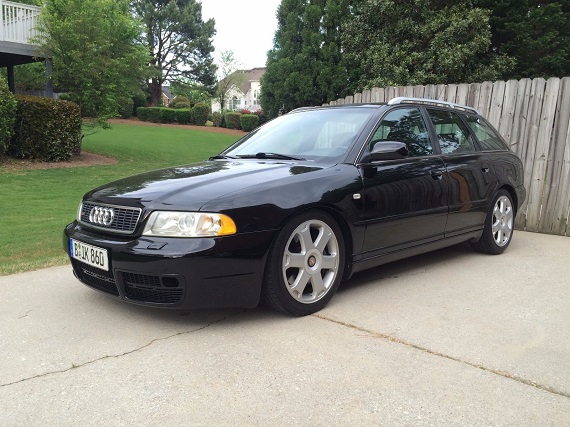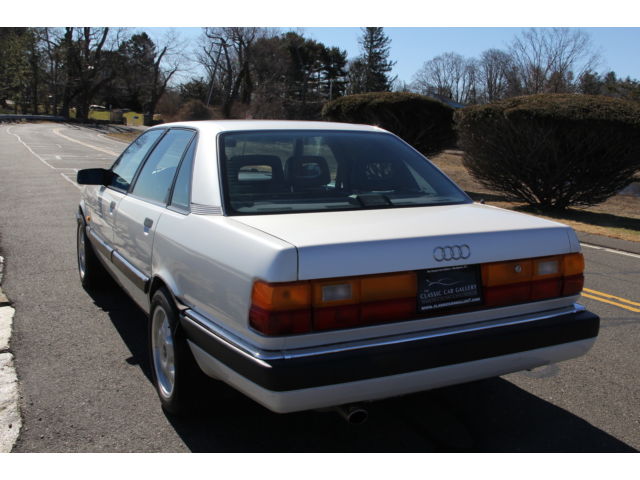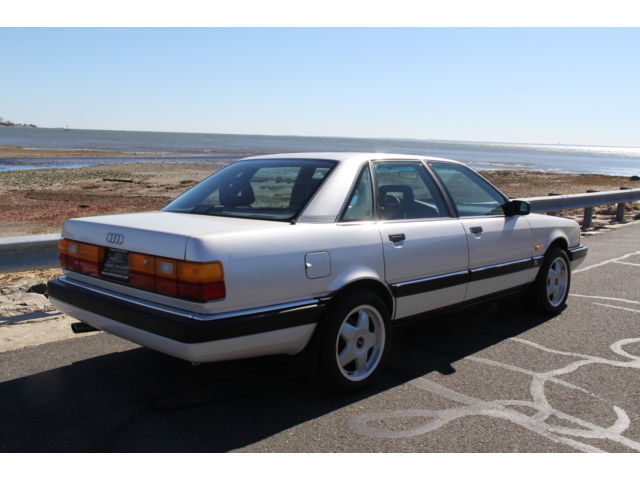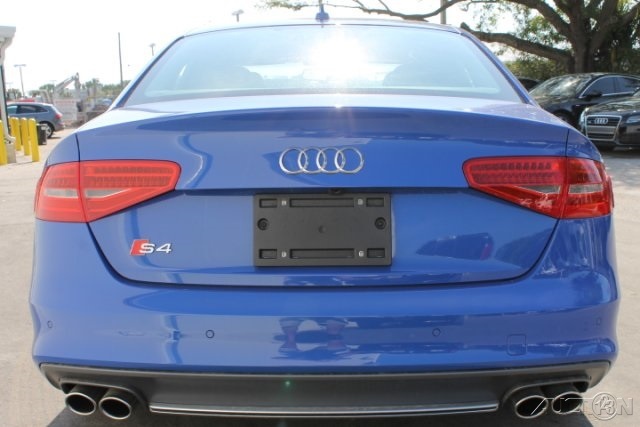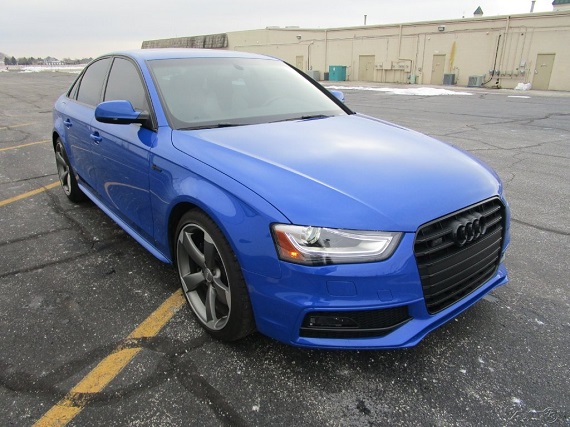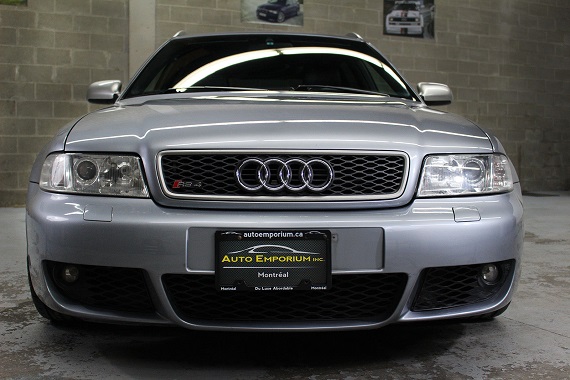With recent looks at both B7 and C4 S-cars, it was time to take a look at the middle child of the run – the much loved B5. For some time these were considered too heavy and complicated for long-term enjoyment, but a resurgence of interest in the model has been driven by a very active aftermarket that supports them. In the U.S., the most loved models are the 6-speed Avants and we have two to consider here today for a double dose of forced induction family fun. Which would be the 5-door you’d choose?
Tag: S4
A good friend of mine rolled up for a visit yesterday in her B8 Audi S4. So much attention has been focused on the launch of the turbocharged M3/M4 that it’s easy to forget that the S4 is still a very good choice in the sport sedan market. If you believe that all Audis drive the same with terminal understeer, you haven’t been behind the wheel of the most recent generations from the four rings, whose clever computers, suspension and differentials have left them turning as well as they go. And they look as good as they go too, with signature top-tier interiors and lovely details. Audi recently offered a brief run of classic Nogaro Blue Pearl Effect on the S4 too, with a special edition that bathed the S4 in the purpley-blue. Today I have two such colored examples to look at – which is the one you’d nog off to?
CLICK FOR DETAILS: 2014 Audi S4 on eBay
7 CommentsAlthough Audi had launched the idea of the super wagon with the RS2, by the late 1990s they didn’t have anything near as impressive. Sure, the S4 Avant was quick, but with 250 horsepower it was substantially less powerful than the 315 horsepower RS2 and the 322 horsepower S6 Plus. Something needed to be done to live up to the reputation of quattro GmbH, and that something involved Cosworth. Taking the basic twin turbocharged V6 from the B5 S4, Cosworth Technologies thoroughly rebuilt the motor. Now dubbed the ASJ (later AZR), the power went up 50% to 375 horsepower with an equally impressive 325 lb.ft of torque. To match the performance of the motor, quattro GmbH introduced new bodywork that channeled some of the trends set by the RS2; larger vents on the front bumper, wider sills, and larger brakes and wheels. The result was a package that lived up to the “RS” moniker with sub 5-second 0-60 runs, a 160 m.p.h. top speed, but also the brakes and grip to compete with contemporary sports cars. It may not have had the mystique of the RS2 without the name Porsche, but it was a package that was just as desirable then as it is today:

